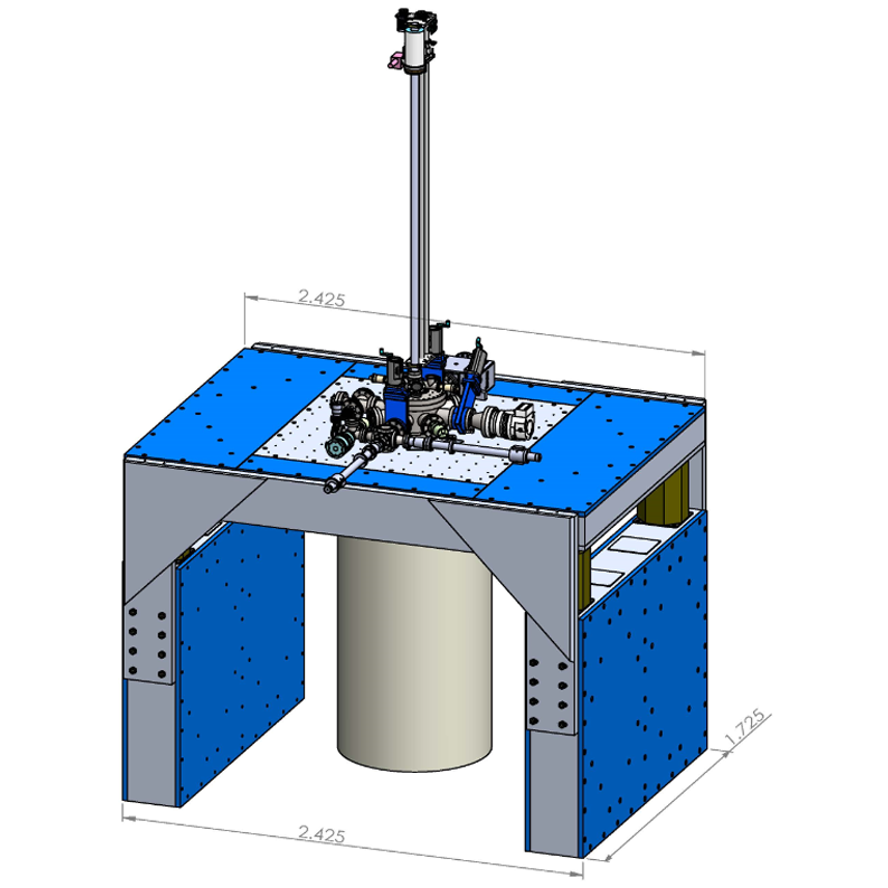Quantum Microscope Development
Research Status
For a decade after the invention of the scanning tunnelling microscope (STM), comprehensive mapping of the complete electronic structure of a material in r-space N(r,E) or of its k-space electronic structure E(k) had not been contemplated. We introduced and demonstrated (Rev. Sci. Instrum. 70, 1450 (1999)) a design for a spectroscopic imaging scanning tunnelling microscope (SI-STM) allowing electronic structure visualization as a powerful general tool for solid-state physics research. Building on that method, we have developed instruments to achieve the following quantum visualization techniques: Spectroscopic Imaging STM (Nature 403, 746 (2000)); Quasiparticle Interference Imaging (Science 266, 455 (2002)); Superconducting Order Parameter Determination (Science 357, 75 (2017)); Kondo Heavy-Fermion Visualization (Nature 465, 570 (2010)); SJTM Cooper-pair Condensate Visualization (Nature 532, 343 (2016)); Orbital Selective Quasiparticle Visualization (Science 357, 75 (2017)).

Fig. 9 Schematic of the externals of fourth the generation quantum microscopes designed specifically to operate in the ultra-low vibration (ULV) laboratories in the basement (20m underground) of Beecroft Building – Oxford, where three instruments with distinct capabilities are planned. Three other quantum microscopes with distinct and complimentary capabilities will be housed in the Kane Building at UCC.
Research Plans
For the Davis Group research program, we will design, fabricate, install and operate fourth-generation quantum microscopes with advanced, multi-functional and modular capabilities. All the studies outlined above (except atom interferometry) will be carried out using the following unique set of instruments:
a) A mK SISTM quantum microscope, operating down to T=250mK and at magnetic fields up to 16T. Its planned uses include Cooper-Pair Condensates & Topological Kondo Insulators.
b) A mK SJTM quantum microscope, operating below T=50mK and at magnetic fields up to 12T. Its planned uses include Magnetic Topological Insulators & Cu/Fe HT Superconductors.
c) A mK SNS quantum microscope, operating down below T=50mK in zero field. Its planned uses include Magnetic Monopole Fluids & Viscous Electron Fluids.
